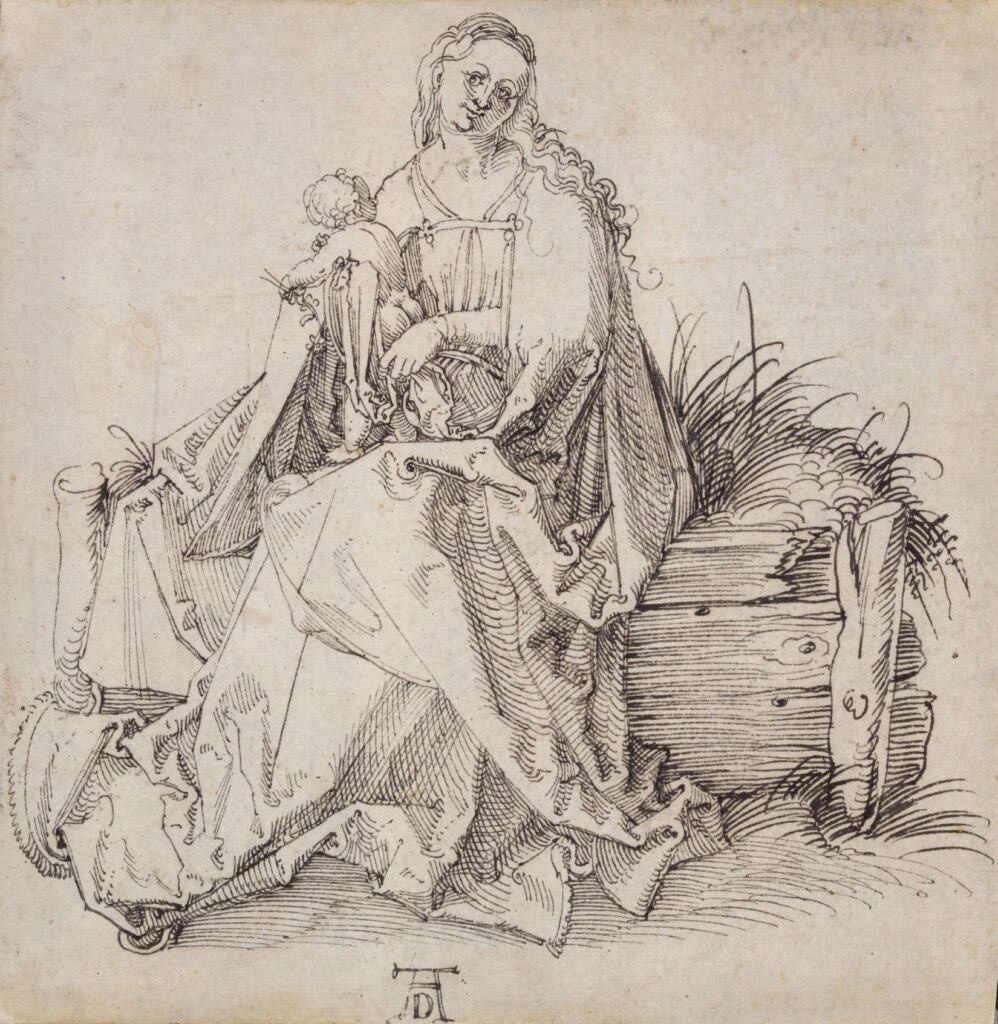
“In retrospect, it seems astonishing that Jean-Paul and his daughters did not consider that the work might be authentic.” Ya think?
It is buck wild that in this, the 26th year of Antiques Roadshow USA, an original drawing by Albrecht Dürer would be sold at an estate sale for $30. I guess it was 2016, so only the 21st year? No matter. The point of this wild discovery, reported in The Art Newspaper, seems like a familiar one, like the Giotto in the kitchen, or the Caravaggio in the attic. And I salute the ability of the London dealer Agnews to pitch his Dürer to the Met and the Getty-for, oh I don’t know, how does $50 million sound?–in such an august publication. But there are some weird things about this discovery that make it clear this week’s report is not the definitive version of what happened.
First off, the source of the drawing, the hapless kids cleaning out their family home after their parents’ death, is named. This is obviously because the grandfather, a dealer named André Carlhian, who worked with Duveen, is central to the provenance of the drawing; Duveen’s records from 1919 apparently show purchases of several Dürer drawings, that are similar to notations on the back of this drawing, of a Madonna & Child, btw. But the point is, HOW could they have “believed it was a 20th-century reproduction, either of a Dürer drawing or a print”?
Maybe because they knew their grandfather used to doctor the furniture and artworks he sold to America’s turn of the last century robber barons to make it look old? It turns out this week is not the first debut of the surely authentic $30 Dürer. Clifford Schorer, the American dealer who owns Agnews, originally leaked the discovery to the Times of London on March 15, 2020, just as the world closed down–and took TEFAF with it.
In that telling, everyone from the picker who studied it with his magnifying glass to the rare book dealer who was trying to help authenticate it, to Schorer himself, recognized the possibility that the drawing was a Dürer. [Supposedly, the picker was literally watching Antiques Roadshow when Schorer came to visit.] But they also recognized that the source was problematic. The first tests Schorer sought out were to detect artificial aging. And they found it. The drawing shows signs of false foxing (staining). The rest of the analysis of the paper’s watermark and ink, and the connoisseurial assessment, all came after this initial finding that whatever it was, it had been deliberately roughed up to look more like what a nouveau riche American thought a 400-year-old drawing was supposed to look like. And that meant a hundred years later, it looked like a fake 500-year-0ld drawing.
Last year, Schorer was also floating what seem like more realistic price comps: old records for Dürer works on paper (equivalent of £1-3.5 million today), and a 2018 £11m sale of a Northern Renaissance drawing. The latter still didn’t reach the record £26m paid for a Raphael by that well-known “hunter of trophies” Leon Black–who also spent $150 million for a paper version of Munch’s Scream. So maybe the comps are a little aggressive after all.
Albrecht Dürer, The Virgin and Child with a Flower on a grassy Bench, c. 1503 [agnewsgallery]
Unknown Dürer drawing—bought for just $30 at a house clearance—could sell for $50m at London gallery [the art newspaper]
June 2020: An Albrecht Dürer for $ 30: The little drawing was in the attic [archyde]
March 2020: How it feels to… pay $30 for a Dürer masterpiece [the times]
